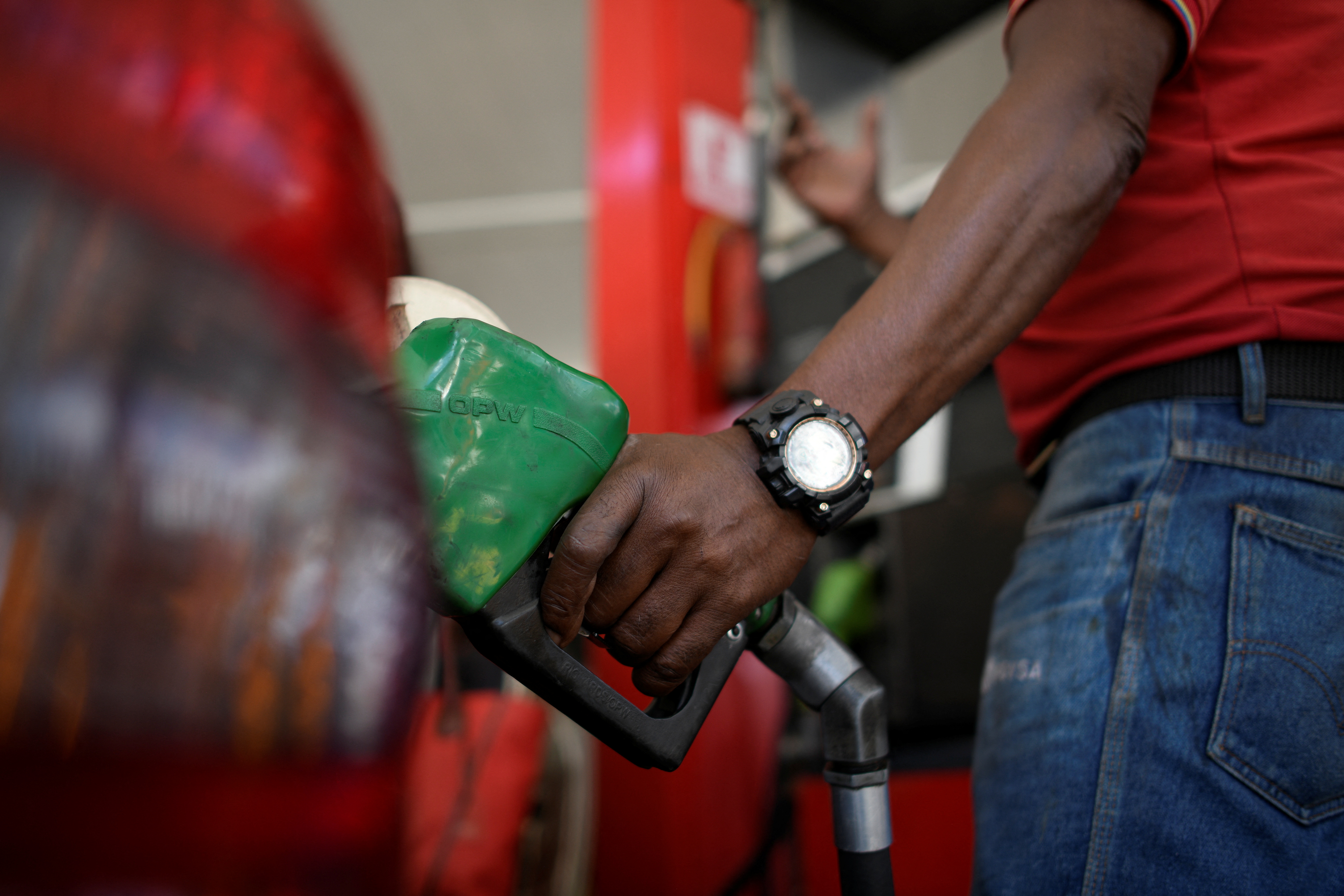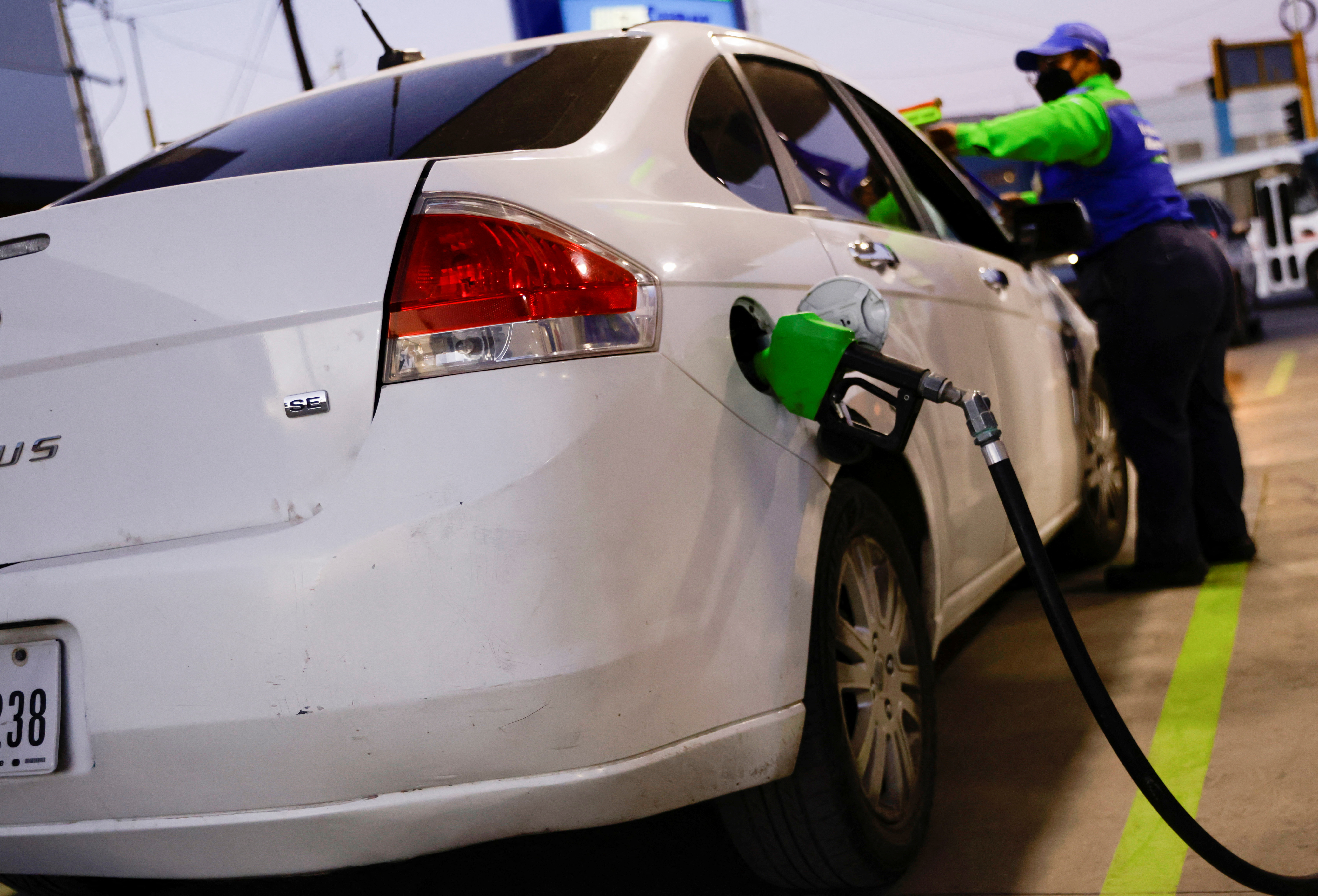
The Ministry of Finance and Public Credit announced through the Official Gazette of the Federation, that the week starting this Saturday, April 2 and until next Friday the 8th, gasolines will not have fiscal stimulus in the 20-kilometer border strip and the territory between the parallel lines of more than 20 and up to 45 kilometers to the international dividing line with the United States of America.
The office owned by Rogelio Ramírez de la O i reported that there will be a total of 41 municipalities across six entities in which the amount of the fiscal stimulus will be 0 pesos. That is why fuel prices are expected to rise in the following districts:
Baja California: Tijuana, Rosarito, Tecate and Mexicali Beaches.
Sonora: San Luis Rio Colorado, Puerto Peñasco, Caborca, General Plutarco Elias Streets, Nogales, Sáric, Agua Prieta, Santa Cruz, Canaanea, Naco and Altar.
Chihuahua: Janos, Manuel Benavides, Manuel Ojinaga, Ascension, Juarez, Praxedis G. Guerrero, Guadalupe and Coyame del Sotol.

Coahuila: Piedras Negras, Nava, Hidalgo, Ocampo, Acuna, Jimenez and Guerrero.
Nuevo Leon: Anahuac.
Tamaulipas: Nuevo Laredo, Guerrero, Mier, Valle Hermoso, Reynosa, Camargo, Gustavo Diaz Ordaz, Rio Bravo, Matamoros and Miguel Alemán.
The application of fiscal stimulus to gasoline initially responded to the federal government's strategy to mitigate the phenomenon that Mexicans crossed into the United States in recent years to refuel at a better price. Now, vice versa.
However, the current context has created better price options in relation to the Mexican side. The war between Russia and Ukraine has led to a global rise in gas resources. As a result, the transit of U.S. citizens or residents to the south side of the border has increased in search of better efficiency in the money-gas ratio.

The current administration has taken the measure to cover the amount corresponding to the Excise Tax on Production and Services (IEPS) so that consumers do not pay the almost six pesos per liter. If the real petrol tax was collected, the price to the public would be around 30 pesos.
The average price per liter of gasoline in central Mexico has remained at 23 pesos for regular gasoline, for premium gasoline 24 pesos and in the case of diesel 23. If the Treasury will charge the corresponding IEPS (5,4917 pesos for green gasoline, 4,6375 for premium and 6,0354 for diesel) the real cost for motorists and carriers at the service stations would be approximately 29 pesos for diesel and for gasoline it would be around 28 and 30 pesos, respectively.
The Treasury measure seeks to contain the effects of inflation on Mexicans' pockets, considering that the National Institute of Statistics and Geography has reported a rebound in inflation and stands at 7.28%, far from the target set by Mexican economic authorities.
Últimas Noticias
Debanhi Escobar: they secured the motel where she was found lifeless in a cistern

The oldest person in the world died at the age of 119

Macabre find in CDMX: they left a body bagged and tied in a taxi
The eagles of America will face Manchester City in a duel of legends. Here are the details

Why is it good to bring dogs out to know the world when they are puppies



